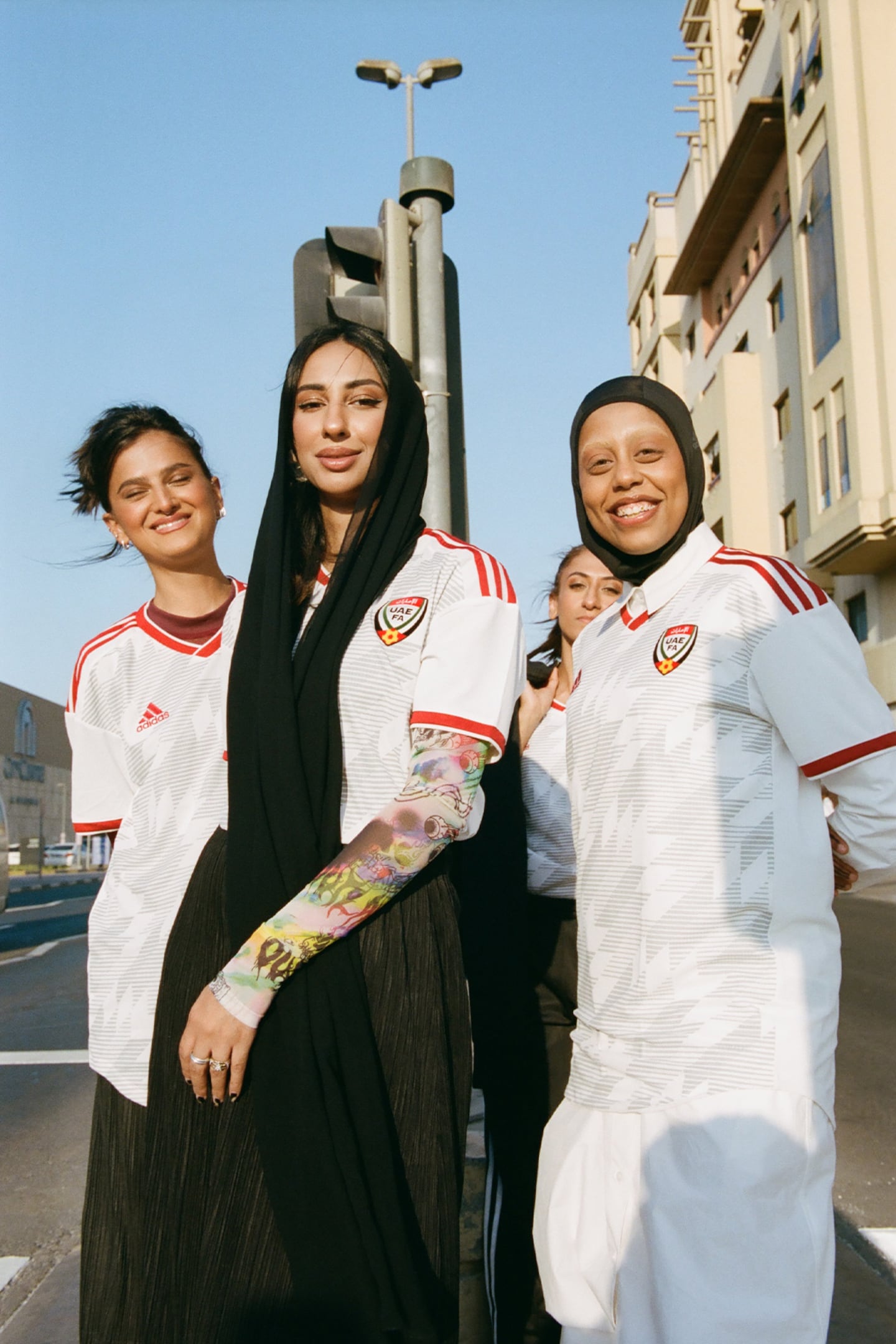
The Business of Fashion
Agenda-setting intelligence, analysis and advice for the global fashion community.

Agenda-setting intelligence, analysis and advice for the global fashion community.

For access to all of the data and insights to inform your business strategy for the Middle East, purchase an Executive membership.
Change is in the air for Middle East fashion. Consumers across the region are redefining Middle East style as they seek out a mix of local and international brands, traditional and contemporary garments in ways never seen before. For international brands, this requires an entirely new way of engaging customers with a careful and often nuanced localisation strategy, according to research in the latest report from BoF Insights, Fashion in the Middle East: Optimism and Transformation.
As the Ramadan season and traditions begin later this month, the consumer shift will likely be evident. In previous times, it was sufficient for international brands to simply default to designing capsule collections and marketing campaigns that were awash in emerald green – a colour typically associated with Islamic traditions — and desert motifs. But it wasn’t long before consumers grew tired of those default products as one brand followed another.
Consumers are now raising the bar in terms of what brands need to do to resonate with them in a fashion industry poised for growth. BoF Insights reveals following extensive research in the United Arab Emirates (UAE) and Saudi Arabia — two key fashion markets in the region — the categories and brands that are best placed to capture these opportunities.
ADVERTISEMENT
While bags and accessories were once mainstay fashion purchases, male and female consumers in both the UAE and Saudi Arabia now are leaning into a range of products — notably shoes – as well as beauty for women in both countries.
Interest in everyday and traditional apparel may also continue benefiting popular international brands in sportswear (Nike and Adidas) and fast fashion (Zara and H&M) even as luxury labels such as Gucci remain favourites. And competition from local players will likely heat up, particularly as consumers yearn for products that speak to a growing national pride.
BoF Insights is The Business of Fashion’s data and advisory team, partnering with leading fashion and beauty clients to help them grow their brands and businesses. Get in touch at insights@businessoffashion.com to understand how BoF Insights support your company’s growth for the long term.
People of Indian and Pakistani heritage are critical to the UAE’s fashion sector, leading billion-dollar retail empires, trading textiles and jewellery and stitching garments for Middle Eastern brands.
Brands will need to sharpen personalisation to remain attractive to the Middle East’s “increasingly assertive” shoppers, says the Dubai-based luxury group’s president in this State of Fashion 2023 interview.
Having a clear perspective on where to invest globally will be more challenging than ever in 2023 as brands weigh up geopolitical and reputational risks alongside the economic potential of the regions in which they operate.

Rawan Maki is Associate Director of Research and Analysis at the Business of Fashion (BoF). She is based in London and is part of BoF’s Insights team, which arms fashion and luxury executives with proprietary business intelligence.

Benjamin Schneider is the Senior Research Lead at the Business of Fashion (BoF). He is based in New York City as part of BoF’s Insights team, which arms fashion and luxury executives with proprietary business intelligence.
Local streetwear brands, festivals and stores selling major global labels remain relatively small but the country’s community of hypebeasts and sneakerheads is growing fast.
This week’s round-up of global markets fashion business news also features Senegalese investors, an Indian menswear giant and workers’ rights in Myanmar.
Though e-commerce reshaped retailing in the US and Europe even before the pandemic, a confluence of economic, financial and logistical circumstances kept the South American nation insulated from the trend until later.
This week’s round-up of global markets fashion business news also features Korean shopping app Ably, Kenya’s second-hand clothing trade and the EU’s bid to curb forced labour in Chinese cotton.